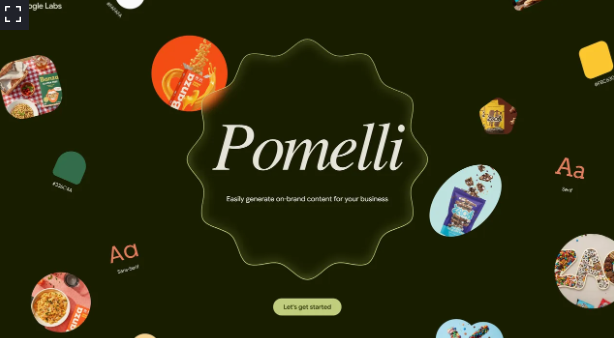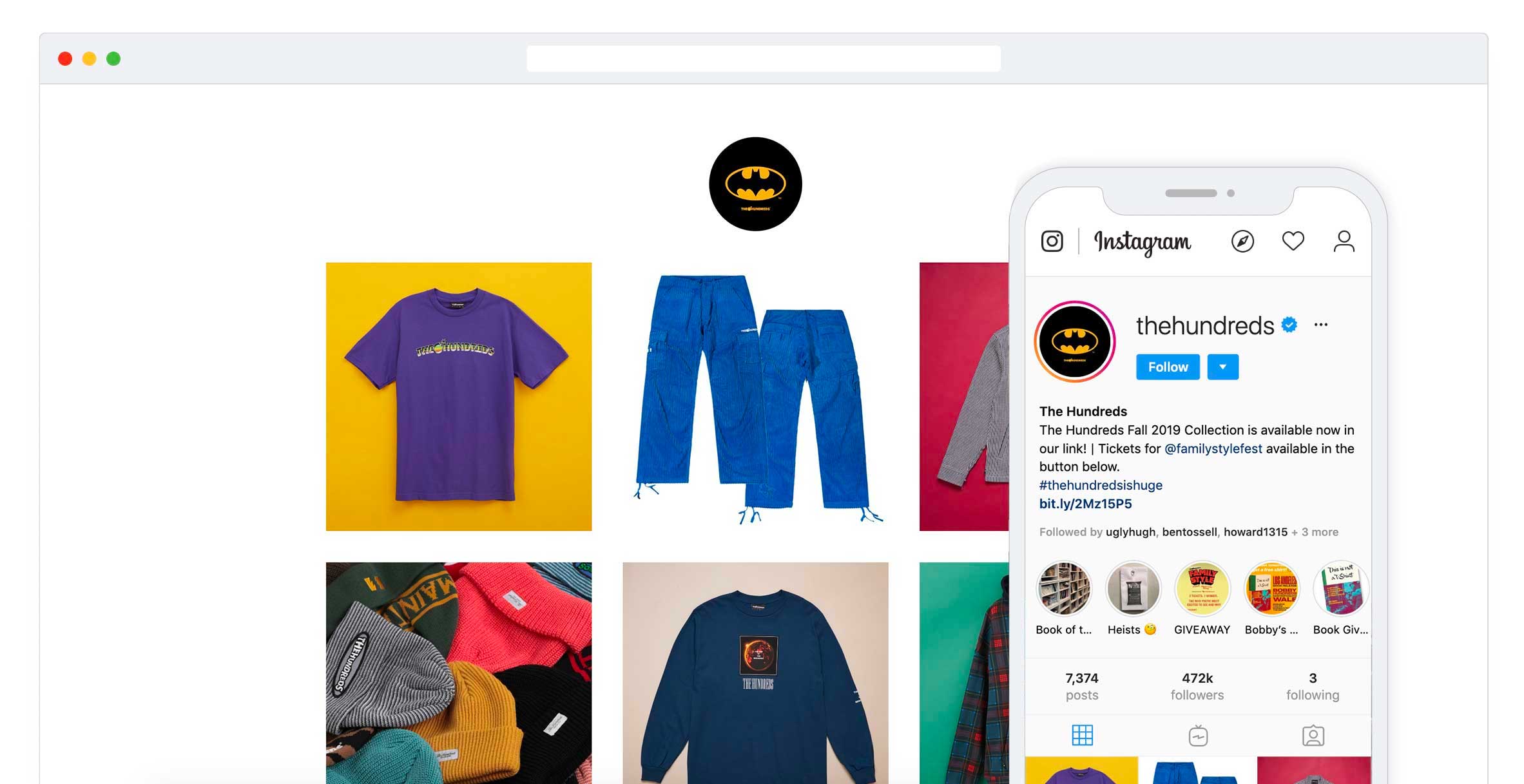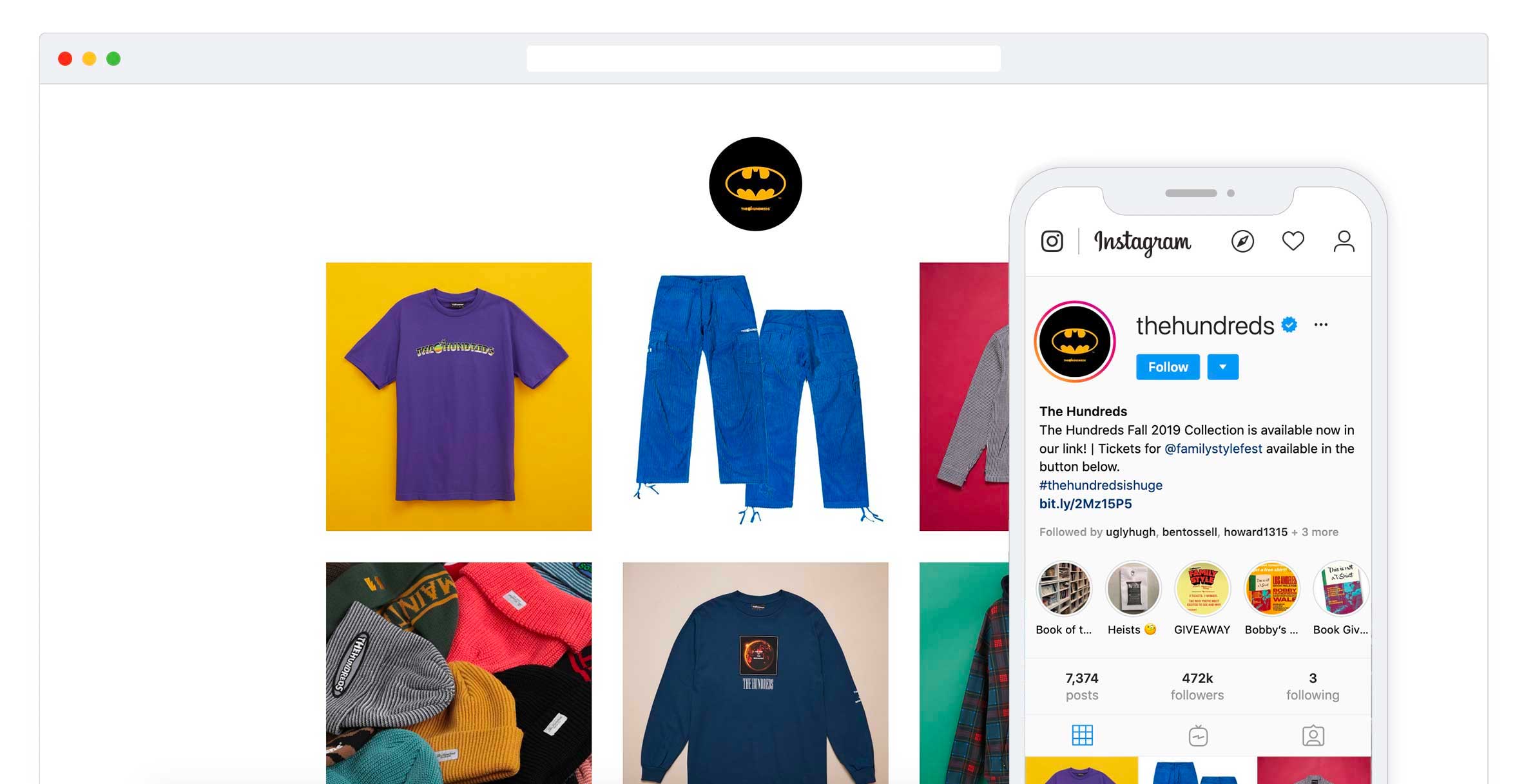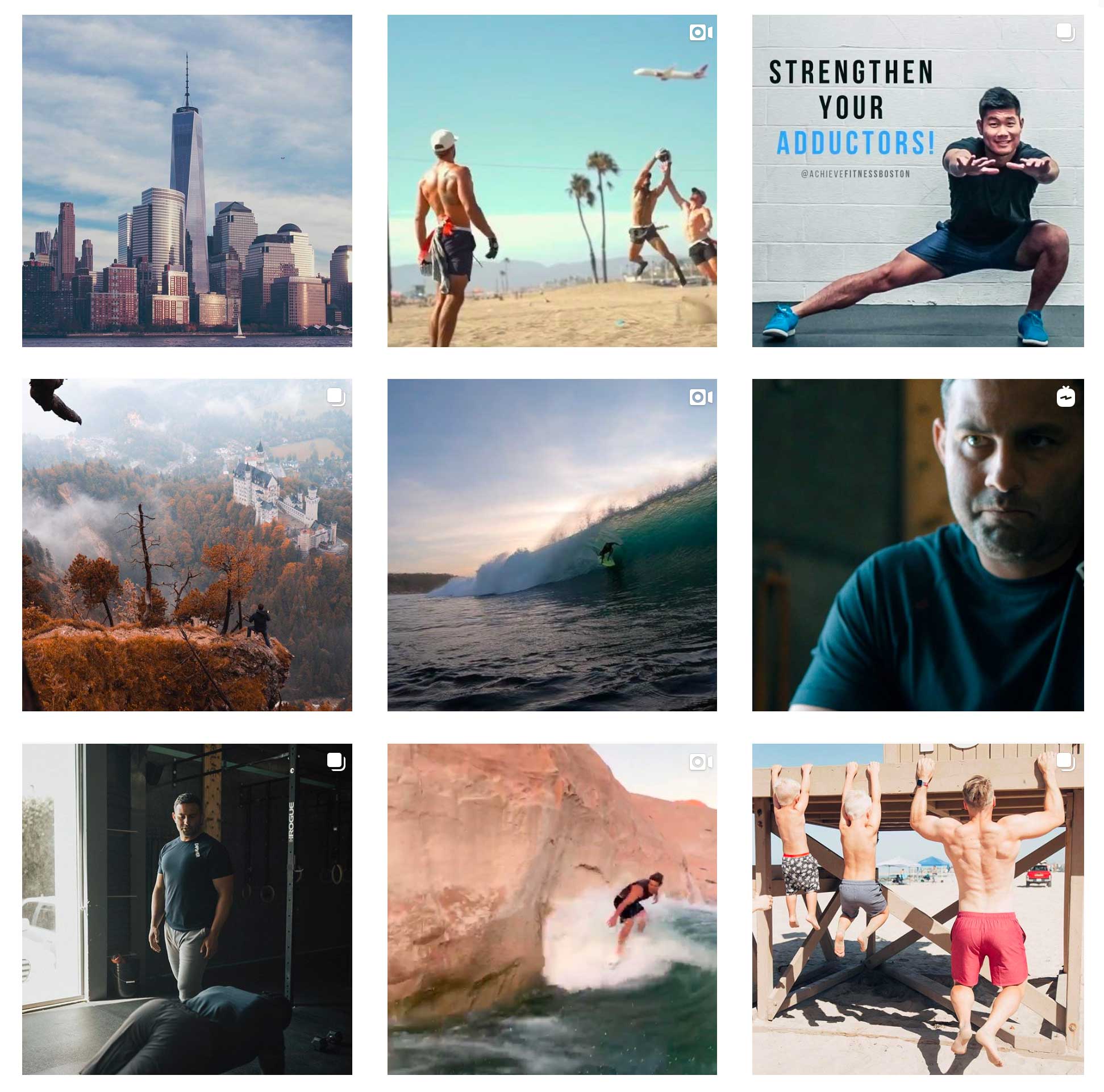Despite ongoing speculation and investor pressure, Netflix is still declining to adopt an advertising-based business model as a means to boost its revenue, Netflix CEO Reed Hastings confirmed on Tuesday. The company on its Q4 earnings call again shot down the idea of an ad-supported option, with Hastings explaining there’s no “easy money” in an online advertising business that has to compete with the likes of Google, Amazon and Facebook.
Explained the exec, “Google and Facebook and Amazon are tremendously powerful at online advertising because they’re integrating so much data from so many sources. There’s a business cost to that, but that makes the advertising more targeted and effective. So I think those three are going to get most of the online advertising business,” Hastings said.
To grow a $5 billion to $10 billion advertising business, you’d need to “rip that away” from the existing providers, he continued. And stealing online advertising business from Amazon, Google and Facebook is “quite challenging,” Hastings added, saying “there’s not easy money there.”
“We’ve got a much simpler business model, which is just focused on streaming and customer pleasure,” he said.
The CEO also noted that Netflix’s strategic decision to not enter the ad business has its upsides, in terms of the controversies that surround companies that collect personal data on their users. To compete, Netflix would have to track more data on its subscribers, including things like their location — that’s not something it’s interested in doing, he said, calling it “exploiting users.”
“We don’t collect anything. We’re really focused on just making our members happy,” Hastings stated.
That’s not exactly true, of course. Netflix does track viewership data in order to make determinations about which of its original programs should be renewed and which should be canceled. It also looks at overall viewing trends to make decisions about which new programs to greenlight or develop. And it tracks users’ own interactions with its service in order to personalize the Netflix home screen to show users more of what they like.
The company also this quarter introduced a new viewership metric — “chose to watch,” which counts the number of people who deliberately watched a show or movie for at least two minutes. That’s far longer than Facebook or Google’s YouTube, but isn’t a great way to tell how many people are watching a show to completion, as on TV.
However, none of this viewership tracking is on the scale of big tech’s data collection practices, which is what Hastings meant by his comment.
“We think with our model that we’ll actually get to larger revenue, larger profits, larger market cap because we don’t have the exposure to something that we’re strategically disadvantaged at — which is online advertising against those big three,” he said.
This isn’t the first time Netflix’s CEO has had to repeat the company’s stance on being an ad-free business. In Q2 2019, Netflix reminded investors in its shareholder letter that its lack of advertising is part of its overall brand proposition.
“When you read speculation that we are moving into selling advertising be confident that this is false,” the letter said.
Analysts have estimated Netflix could make over a billion more per year by introducing an ad-supported tier to its service.
To some extent, the increased push for Netflix to adopt ads has to do with the changes to the overall streaming landscape.
Netflix today is facing new competition from two major streaming services, Disney+ and Apple+ — both of which have subsidized their launch with free promotions in order to gain viewership. In the next few months, Netflix will have to take on several others, including mobile streaming service Quibi, WarnerMedia’s HBO Max and NBCU’s Peacock. The latter features a multi-tiered business model, including a free service for pay-TV subscribers, an ad-free premium tier and one that’s ad-supported.
The service was introduced to investors last week, where it was well-received.
Other TV streaming services also rely on ads for portions of their revenue, including Hulu and CBS All Access. Meanwhile, a number of ad-supported services are also emerging, like Roku’s The Roku Channel, Amazon’s IMDb TV, TUBI, Viacom’s Pluto TV and others.
Netflix’s decision to keep itself ad-free is likely welcome news for its subscriber base, however, who see the lack of ads as being a key selling point.
Feature Image Credit: Ernesto S. Ruscio/Getty Images / Getty Images





















